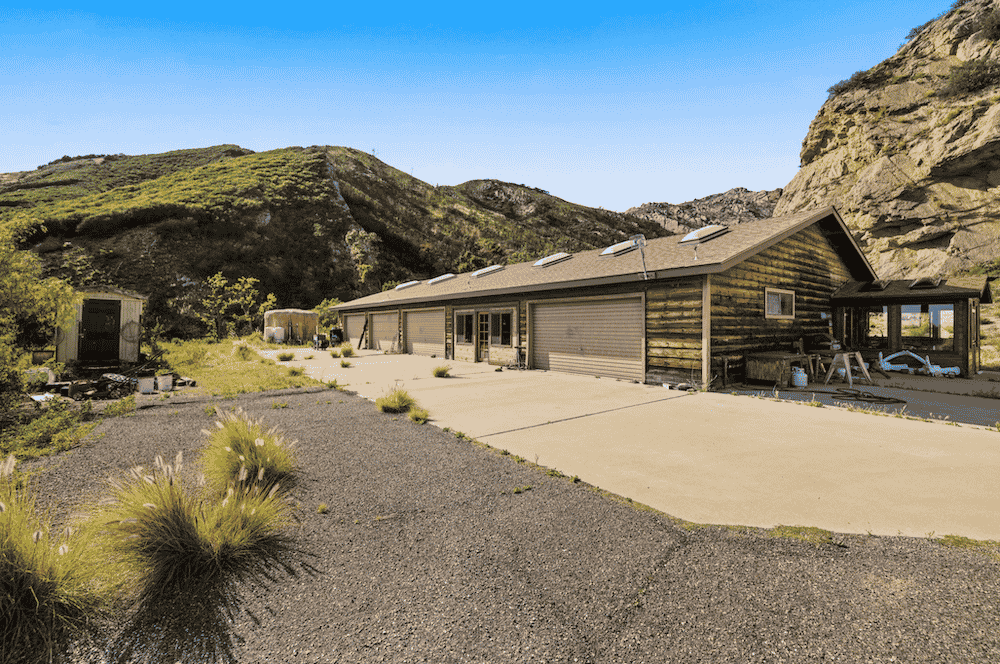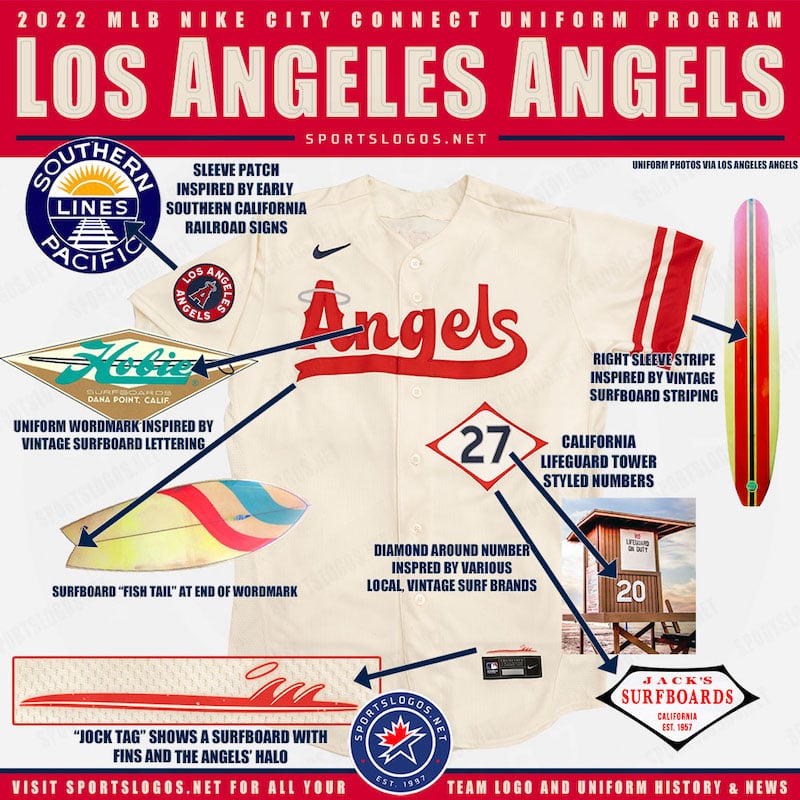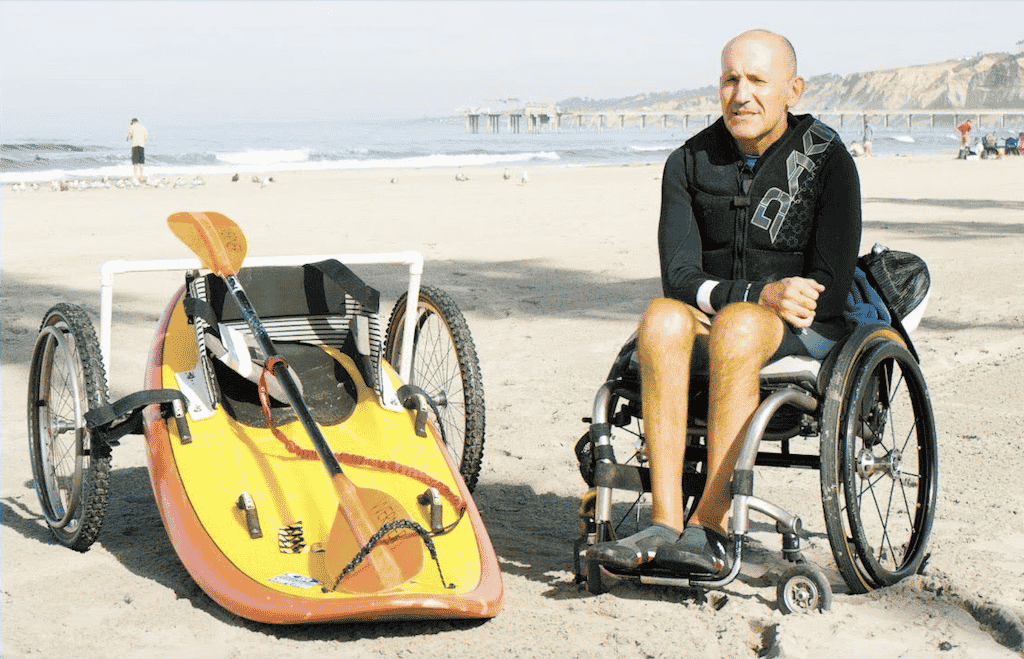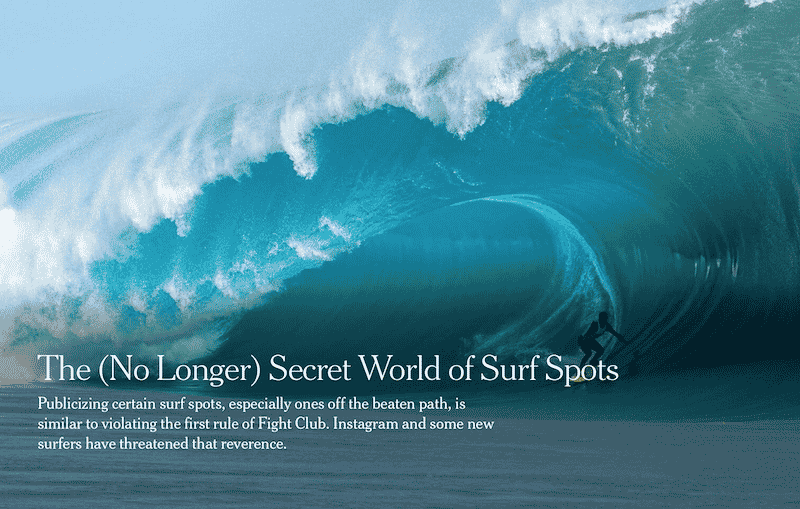"The most important thing for me has been to be at the beach, to be able to surf."
The Academy-nominated surf movie icon Bruce Brown, director of The Endless summer although he almost got the Oscar for the moto documentary On Any Sunday, was forty-three when he split Orange County and bought 42 acres on the Gaviota coastline, a little north of Santa Babs.
Gaviota is one of those joints that hasn’t fallen under the jackboot and bulldozer of developers and, even now, is still the longest stretch of rural coastline in southern California.
Seventy souls inhabit Gaviota, either ranching, working organic farms or rehabilitating wretched little mammals at The Channel Islands Marine & Wildlife Institute.
What remains of industry has either been shut down or is in the process of being decommissioned. The old Chevron gas plant has gone and the Gaviota Marine Terminal is being turned into public space.
A pretty little slice of heaven.
Bruce and his wife Patricia lived in a trailer on the site at 15550 US Hwy 101, Goleta (Gaviota), while they built the house, which Bruce lived in until his death in 2017.
Now, the fam is selling the four-thousand square feet four-bedroom joint for a little under five million.




The garage is as big as the house, it has direct access to the beach and is real close to a point break called Brown’s, as well as to Hollister Ranch.
Maybe the best part of the Endless Summer ranch is the spirit of Bruce Brown that fills the joint. This isn’t a place you go to be chained to your little Apple laptop or telephone.
“I worked hard from ’58 to ’71,” Brown told the WaPo in 1991, as he flicked the ash into a conch shell ashtray from one of the fifty or so Winstons he smoked every day. “My outlook has been, why work if you don’t have to, if you don’t want to? The most important thing for me has been to be at the beach, to be able to surf.”
Epic.






